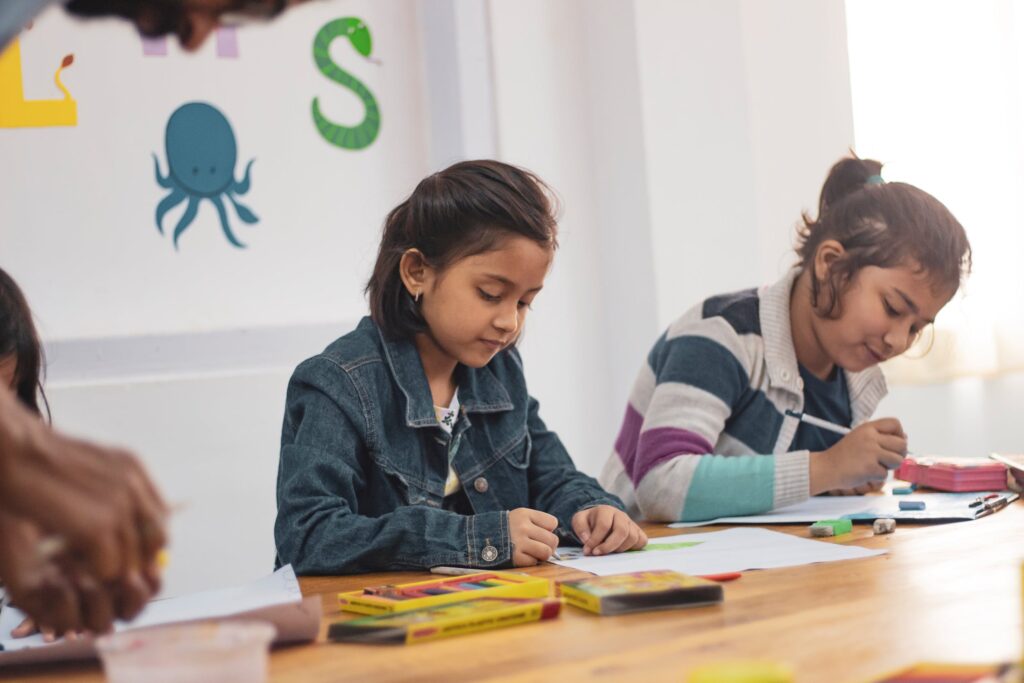
Pithora Art: The Spiritual and Cultural Expressions of the Bhils and Gonds
The Bhils and Gonds are an authority in the Pithora form of art. Jyotindra Jain of Lalit Kala Academy has in fact devoted a complete treatise to this style of painting that is limited mostly to the Bhil tribe. Significantly, the form depicts the Bhili ‘Creation myths’. The artist brings to his art, extreme devotion and hard work and like the other tribal forms of art, Pithora is a mix of religious belief and creativity. One of the most important Gods of the Bhils in and around the Jhabua region is Babo Pithora. When the Bhils take Babo
Pithoro’s vow, the ritual included painting a big colourful picture on one of the inner walls of the house. Thus Pithora’s form of art is strictly in honour of Devi Devta and, therefore, decorates the main inner wall of a residence. However, in Pithora art the picture of the horse has preference over cow, elephant, camel and bullock which are seen in Gond art.
The experts explain this in the context of Samudra Manthan in which Raja Bali of “Uccheshiva Asura” received the horse. According to Pema Fatiya who is an authority on the art of Pithora, there are eighteen to twenty figures that are essential to the art of Pithora and these are as follows-
- Baba Ganesh who is smoking Hukka and has minimum resemblance with the Hindu Ganesh.
- Kathia kavar- Horse Rider
- Kathia Horse
- Chanda Baba
- Suraj Baba (Sun)
- Jami Mata- Prithvi (Earth)
This painting is related to their spirituality and belief that the person who takes a ‘Mannat’ establishes it in his house after his wishes are fulfilled or difficulty solved. The simplicity whic is found in the Bhili Pithora pictures in Jhabua is different from the decorated Pithora pictures of Bhilalas and Rathwas of Panchmahal and Baroda. According to Pema Fatiya, Pithora is the son of Indraraja. The brothers of Pithora had got married and he was unmarried. Due to amistake he made during a feast of the community, Pithora was punished and sent on a black horse to Mountain Himalaya to bring Himalaya Ben.
This is followed by stories of wisdom and bravery of Pithora. The Pithora art pictures with their simplicity and expression in stone carving have received a lot of appreciation. The things
connected with tribal life form the themes in Pithora. Pictures of houses, ladies carrying water, lions, elephants, snakes palm trees etc are the main figures depicted. The Pithora artists are called Lakhindra or lakharas (which means a person who writes and not paints!) where as Jhokhara are those who keep an account of the paintings and the priest who conducts the ritual is known as Badwa. Only the male members of the tribe practice the art form. Women membersdo not have permission to learn the paintings. The Pithora which are made on mud walls also are made of colours which are made from leaves, limestone and barks of trees with the branches being used as nibs and brushes. Pema Fatiya expresses happiness at being awarded for his art in 1986-87 for which he gives credit to his work instead of himself. He lives in Bhabhra in a small house built in his field as is the tradition with Bhils. Whenever somebody congratulates him a smile can be seen on his simple and friendly face. Pema has made more than 400 Pithora so far. He travels to Bagh of Dhar district to execute his art for people who invite him as Pema
is the only Lakhindra of his area. Pema strictly follows the religious and tribal concepts in making Pithora. Sadly, however, a few years back Pema was stricken by paralysis from
which he has never fully recovered and his son now is attempting to master the art under his tutelage.
The pithora essentially depicts the past and the present of the Bhils. The bright colours andunique designs show a special aesthetic sense of the Lakharas, who produce it and the
motifs used, speak about their history and everyday life in terms of various elements of nature to
whom they are closely bound.
We would like to express our heartfelt gratitude to Dr. Sudha Anand Bhandari, Research Consultant & Expert on the Tribes of Madhya Pradesh, for her invaluable assistance and
insightful notes that greatly contributed to our research.